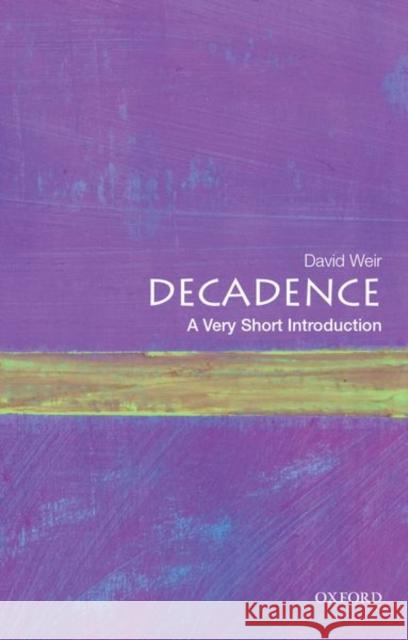Decadence: A Very Short Introduction » książka
Decadence: A Very Short Introduction
ISBN-13: 9780190610227 / Angielski / Miękka / 2018 / 160 str.
The historical trajectory of decadent culture runs from ancient Rome, to nineteenth-century Paris, Victorian London, fin de siecle Vienna, Weimar Berlin, and beyond. The first of these, the decline of Rome, provides the pattern for both aesthetic and social decadence, a pattern that artists and writers in the nineteenth century imitated, emulated, parodied, and otherwise manipulated for aesthetic gain. What begins as the moral condemnation of modernity in mid-nineteenth century France on the part of decadent authors such as Charles Baudelaire ends up as the perverse celebration of the pessimism that imperial decline, whether real or imagined, involves. This delight in decline informs the so-called breviary, or even bible, of decadence from Joris-Karl Huysmans's A Rebours, Oscar Wilde's The Picture of Dorian Gray, Aubrey Beardsley's drawings, Gustav Klimt's paintings, and numerous other works.
In this Very Short Introduction, David Weir explores these conflicting attitudes towards modernity present in decadent culture by examining the difference between aesthetic decadence -- the excess of artifice -- and social decadence, which involves excess in a variety of forms, whether perversely pleasurable or gratuitously cruel. Such contrariness between aesthetic and social decadence led some of its practitioners to substitute art for life and to stress the importance of taste over morality, a maneuver with far-reaching consequences, especially as decadence enters the realm of popular culture today.










